Visualizing futuristic concepts is a commercially important activity for product manufacturers and entertainment industry alike.
“There are more people in the world who make things than there are people who think of things to make,” says Syd Mead, the ‘Visual Futurist’ and concept artist. Mead, who started off his career as an automotive designer and illustrator branched out working on some of the most fascinating movie productions like Star Trek, Blade Runner, Tron, 2010, Short Circuit, Aliens, Timecop, Johny Mnemonic and Mission Impossible III. Indeed, the role of concept artists who dream up a vision of the future has become more important than ever.
Concept visuals are no longer just a means to achieve a futuristic object but an end in themselves. Most design ideas that eventually turn real draw from concept designs showcased at an earlier point in time. We see this happening very conspicuously in design professions that have more to do with styling than the others – say automotive or fashion. Most automobile and fashion brands use shows and exhibitions not only to display their design talent but also to test response from the more enthusiastic consumers who eventually lead the change and become early adopters of new products and ideas.
Consumer product manufacturers like Electrolux, Philips, Sony and Samsung have research wings that actively engage with practicing as well as student designers to spot emerging trends and preferences to conjure up plausible visions of the future.
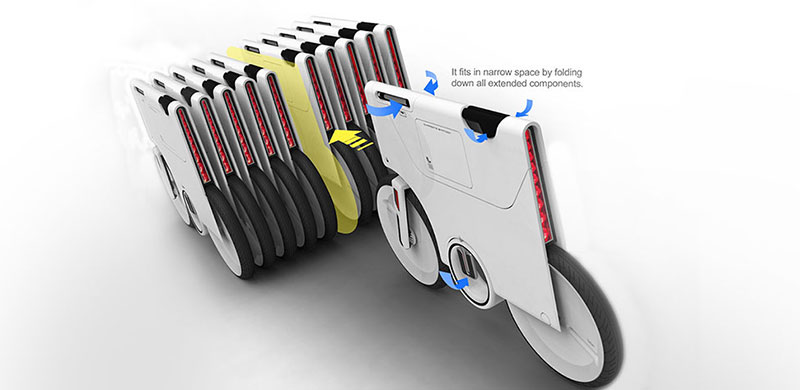
A package is the first direct interface of the product with the consumer. It informs the user about the contents, it contains and protects the contents. Above all, the package is the face of the product in the retail environment. Like all faces, the package tells a story, a story of where the product has come from, who manufactured it, what it is meant to do and by using or consuming the product what kind of experience a user is going to subject himself to and very importantly, what lifestyle statement is the consumer going make.
As promotional information is shifting more to the pre-buying experience online, consumer is looking to see a more engaging experience in the actual retail environment. Like all design, packaging is constantly getting cast into new forms dictated by the larger trends in society. The good old ideas of putting happy faces on puffed potato chips packs and pastel shades with golden lines on shampoo bottles will be considered highly uncreative in no time.
Packages that stick to clarity and transparency of function, enhance the experience of use, are done with a larger purpose of sensitivity to ecology and trigger emotional connect with the consumer are going to change landscape on retail racks. Designers and marketers with an acute sense of these emerging trends are going to make this difference felt.
-
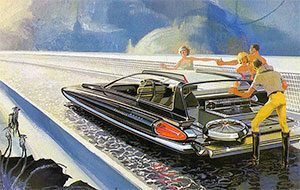
Syd Mead, the original concept artist of hollywood productions calls science fiction ‘reality ahead of schedule’ -
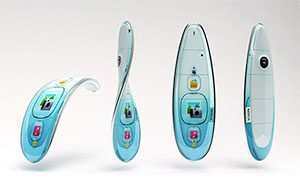
Nokia’s Human Form concept was created to demonstrate most promising nanotechnologies with realistic human interface experiences. -
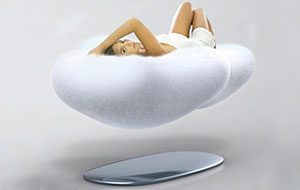
D.K.Wei’s Cloud Sofa concept is based on the principle of magnetic levitation. The designer is successful in imparting a dream like feel to a piece of furniture. -
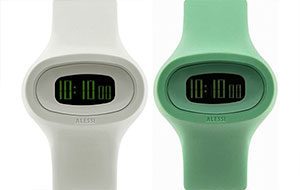
Karim Rashid’s watch for Alessi. Rashid has consciously tried to break away from all past baggage to create a new futuristic design language of his own. -
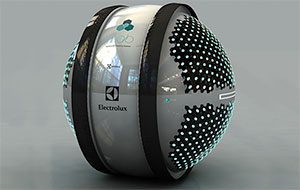
Adrian Perez Zapata’s Mab, an advanced cleaning system for Electrolux. Mab has a number of tiny ‘bee’ robots that scan the space and do a planned cleaning ‘attack’. -
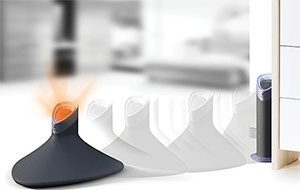
Electrolux 3F by Germain Verbrackel is a vacuum cleaner which can change shape depending on the task required. -
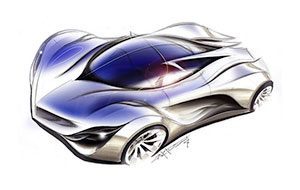
Mazda Furai concept sketch. Displaying concept cars at shows and feedback from early adopters has been an institutionalized practice for most automakers. -
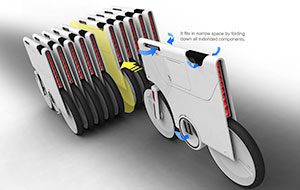
Yuji Fujimura’s award winning electric bike concept folds flat in an extremely compact space. -
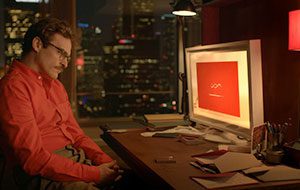
The visualization of gadgets in ‘Her’ has been a counterpoint to the classical sci-fi depiction. Technology gets dissolved into the human interactions in a seamless way.
